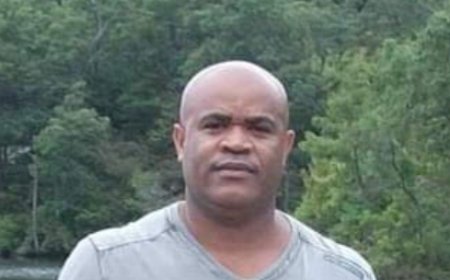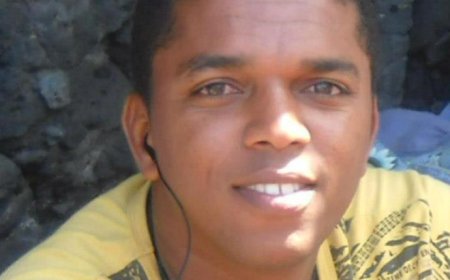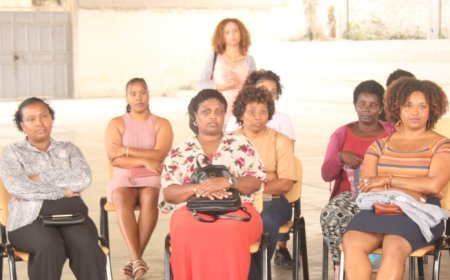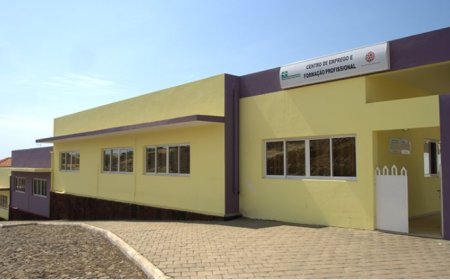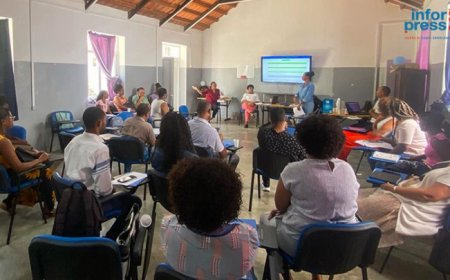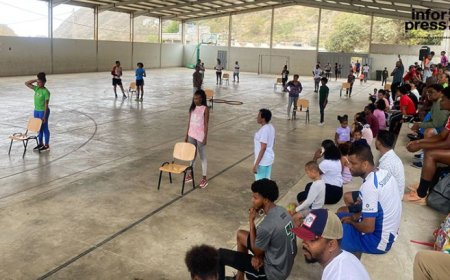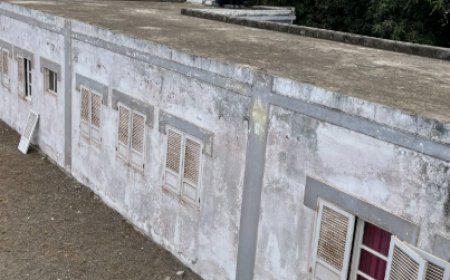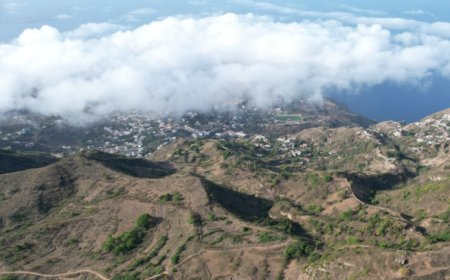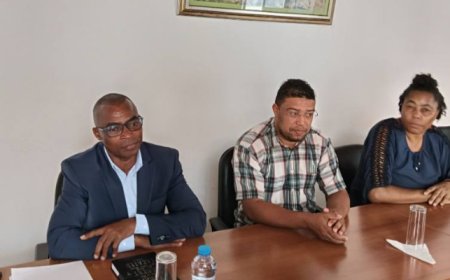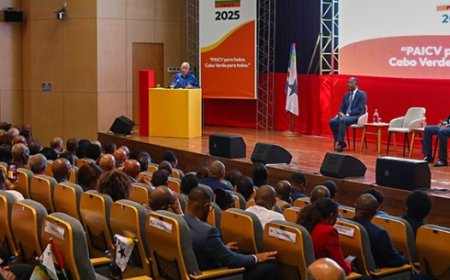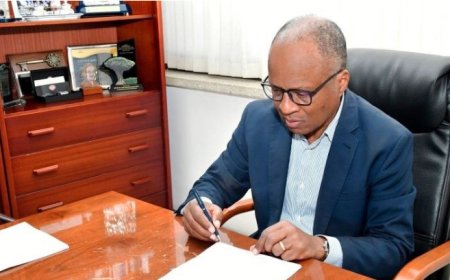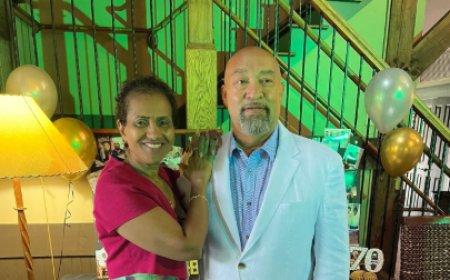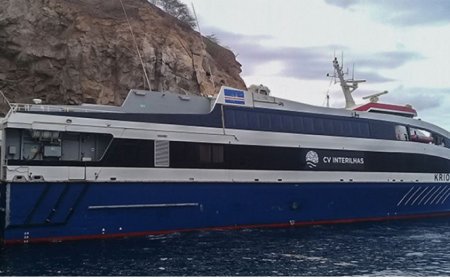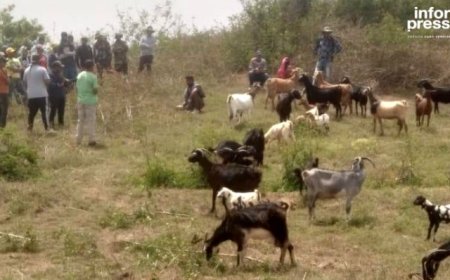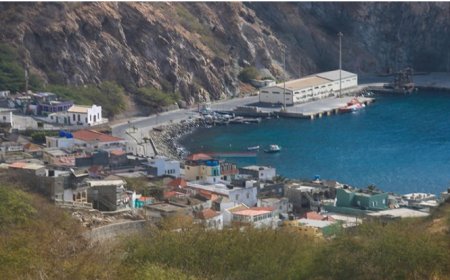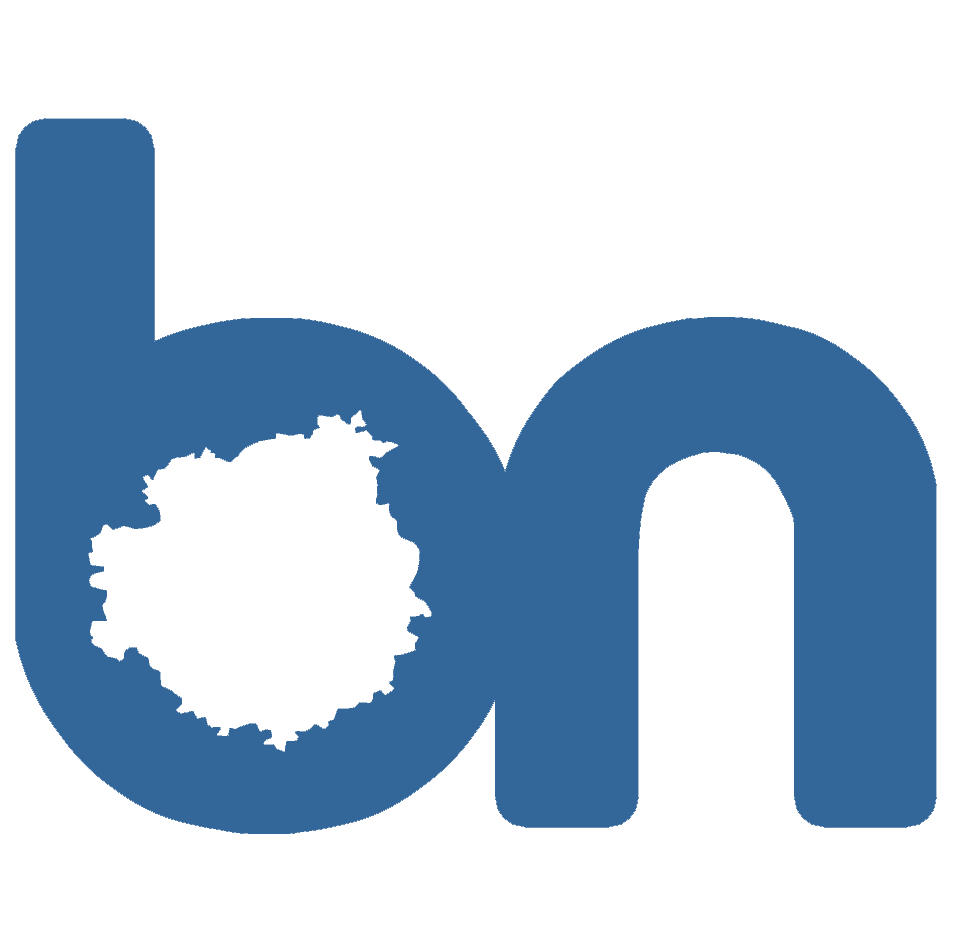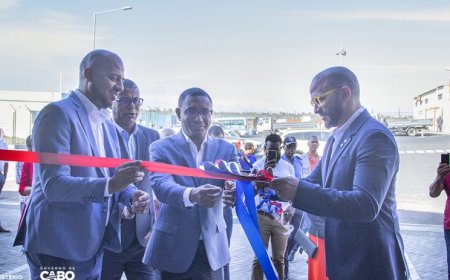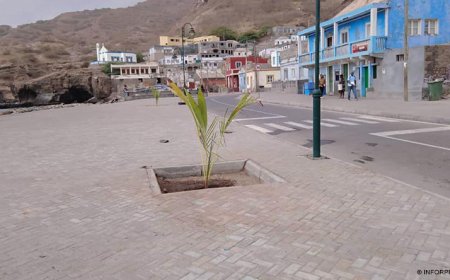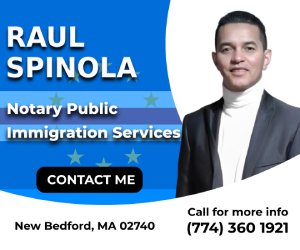Fogo: Águabrava promises to monitor the evolution of water quality in Chã das Caldeiras
The Intermunicipal Water Company (Águabrava) is monitoring the evolution of the quality of water made available to the population of Chã das Caldeiras and as soon as it proves necessary it will intervene and find an alternative for the supply.
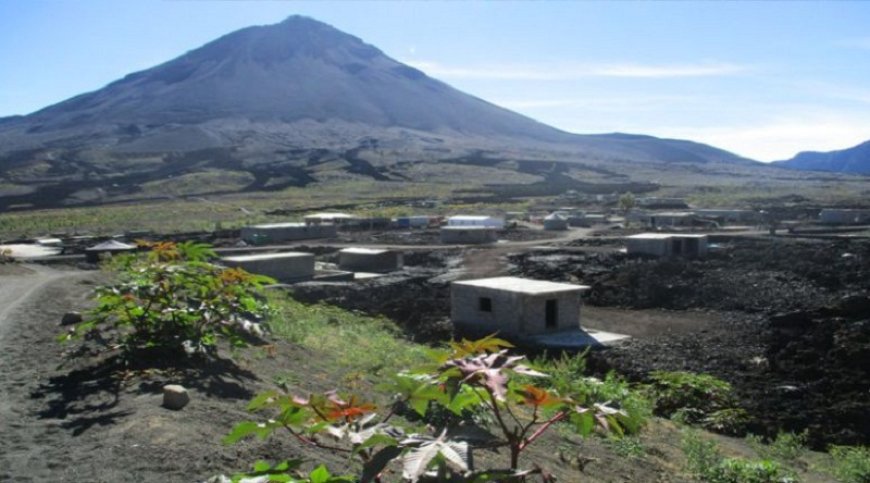
The Intermunicipal Water Company (Águabrava) is monitoring the evolution of the quality of water made available to the population of Chã das Caldeiras and as soon as it proves necessary it will intervene and find an alternative for the supply.
This is how Águabrava's administrator/delegate, Rui Évora, reacted to the claims of residents of Chã das Caldeiras that the water consumed is not of better quality.
He said that the water captured in Chã das Caldeiras has a “high concentration” of alkaline salts, calcium and magnesium, and that before the start of exploration of the only underground water prospecting hole, the water had a concentration of total salts (conductivity ) in the order of 1,100 microsiemens per centimeter, when the maximum value is 2,000.
At the moment, he summed up, based on the analyzes carried out, it oscillates between 1,300 and 1,400, thus not being very far from the maximum admissible value.
“Unfortunately there is only one water collection point in Chã das Caldeiras, we are following it to see the evolution and as soon as it proves necessary we will have to intervene and the only solution is to supply it with self-transported water”, said Rui Évora, hoping that the situation does not develop negatively, otherwise it will have to suspend supply from the well if it exceeds the quality standards.
For Águabrava's administrator/delegate, the situation at Chã das Caldeiras is a particular matter because there is only one groundwater collection point, but the company has been strictly observing the technical standards determined and even adopting measures to minimize the problem, with the reduction of the continuous exploration time of the hole.
According to him, instead of exploring the hole for one hour followed by half an hour of rest, he is now exploring for 30 minutes followed by one hour of rest to control this situation.
“We are monitoring the evolution of the situation and for the time being, although the water has a high concentration of total salts (conductivity), it still complies with the established quality standards”, said Rui Évora, who recognizes that the values are high and that, therefore, , the company “is aware” of the situation and will, in conjunction with the Santa Cataria council, “find a solution”.
The quality standards are, according to him, practically at the limit and, in the case of a single groundwater exploration point, the only alternative, in case a very negative evolution of the conductivity of the water is verified, is to opt for the supply through self-transported water, but it is a measure to be taken in concert with the council to guarantee the population of Chã das Caldeiras a better quality water.
The situation in Chã das Caldeiras is similar to that existing in the north and northwest areas of the island where the water consumed had a high concentration of salts and where people complained, but in this territorial space, as there were other points of exploitation, it was possible to overcome this situation and at this moment the water supplied has the same total salt content as the water consumed in the city of São Filipe.
He said that the water supply situation at Chã das Caldeiras has deserved “particular attention” from the company, which increased the number of points of sale of water from one to three, built two points of self-transported water and reduced it by half ( from 600 to 300 escudos) the price of selling water at fountains, similar to what happened in the entire Fogo/Brava region.










